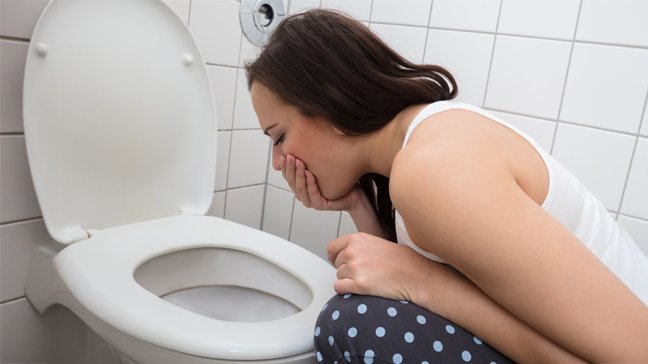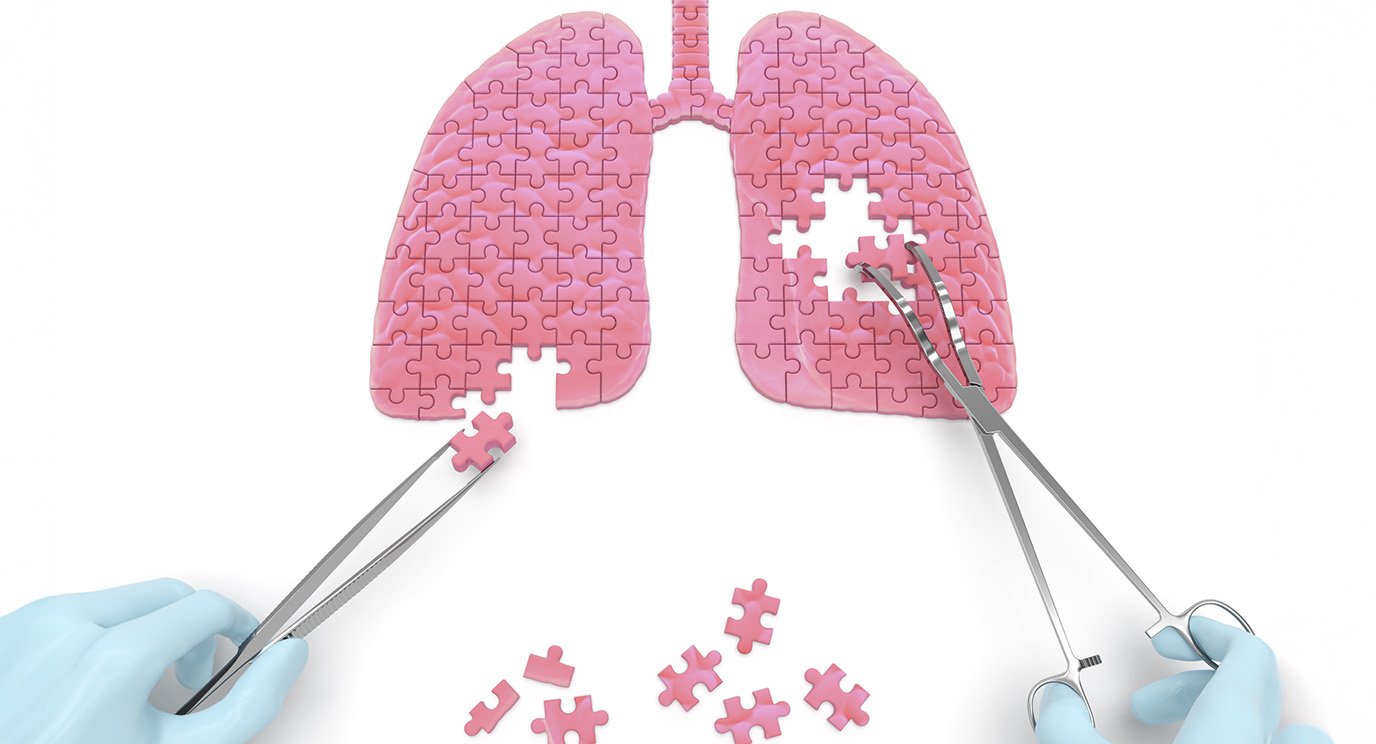- Diseases
- Acoustic Neuroma (16)
- Adrenal Gland Tumor (24)
- Anal Cancer (70)
- Anemia (2)
- Appendix Cancer (18)
- Bile Duct Cancer (26)
- Bladder Cancer (74)
- Brain Metastases (28)
- Brain Tumor (234)
- Breast Cancer (726)
- Breast Implant-Associated Anaplastic Large Cell Lymphoma (2)
- Cancer of Unknown Primary (4)
- Carcinoid Tumor (8)
- Cervical Cancer (164)
- Colon Cancer (168)
- Colorectal Cancer (118)
- Endocrine Tumor (4)
- Esophageal Cancer (44)
- Eye Cancer (36)
- Fallopian Tube Cancer (8)
- Germ Cell Tumor (4)
- Gestational Trophoblastic Disease (2)
- Head and Neck Cancer (14)
- Kidney Cancer (130)
- Leukemia (342)
- Liver Cancer (50)
- Lung Cancer (286)
- Lymphoma (278)
- Mesothelioma (14)
- Metastasis (30)
- Multiple Myeloma (100)
- Myelodysplastic Syndrome (60)
- Myeloproliferative Neoplasm (6)
- Neuroendocrine Tumors (16)
- Oral Cancer (102)
- Ovarian Cancer (178)
- Pancreatic Cancer (160)
- Parathyroid Disease (2)
- Penile Cancer (14)
- Pituitary Tumor (6)
- Prostate Cancer (150)
- Rectal Cancer (58)
- Renal Medullary Carcinoma (6)
- Salivary Gland Cancer (14)
- Sarcoma (238)
- Skin Cancer (300)
- Skull Base Tumors (56)
- Spinal Tumor (12)
- Stomach Cancer (66)
- Testicular Cancer (28)
- Throat Cancer (92)
- Thymoma (6)
- Thyroid Cancer (100)
- Tonsil Cancer (30)
- Uterine Cancer (86)
- Vaginal Cancer (18)
- Vulvar Cancer (22)
- Cancer Topic
- Adolescent and Young Adult Cancer Issues (22)
- Advance Care Planning (12)
- Biostatistics (2)
- Blood Donation (18)
- Bone Health (8)
- COVID-19 (360)
- Cancer Recurrence (120)
- Childhood Cancer Issues (120)
- Clinical Trials (628)
- Complementary Integrative Medicine (22)
- Cytogenetics (2)
- DNA Methylation (4)
- Diagnosis (238)
- Epigenetics (6)
- Fertility (62)
- Follow-up Guidelines (2)
- Health Disparities (14)
- Hereditary Cancer Syndromes (128)
- Immunology (18)
- Li-Fraumeni Syndrome (8)
- Mental Health (122)
- Molecular Diagnostics (8)
- Pain Management (62)
- Palliative Care (8)
- Pathology (10)
- Physical Therapy (18)
- Pregnancy (18)
- Prevention (936)
- Research (390)
- Second Opinion (78)
- Sexuality (16)
- Side Effects (616)
- Sleep Disorders (10)
- Stem Cell Transplantation Cellular Therapy (216)
- Support (408)
- Survivorship (328)
- Symptoms (182)
- Treatment (1788)
Disinfectants 101: 9 things to know
4 minute read | Published May 04, 2020
Medically Reviewed | Last reviewed by an MD Anderson Cancer Center medical professional on May 04, 2020
Regular handwashing, consistent social distancing, wearing a mask in public, and frequent disinfection of high-touch objects remain the best ways to prevent the spread of COVID-19, the respiratory infection caused by the novel coronavirus.
But when it comes to cleaning those high-touch objects to reduce the spread of COVID-19, which disinfectants are the most effective? What’s the safest way to use them? And what’s the difference between cleaning and disinfecting?
Here are answers to nine of the questions I hear the most frequently as a manager in MD Anderson’s Environmental Health and Safety department.
What’s the difference between cleaning and disinfecting?
When you clean something, you just remove all visible traces of dust or dirt. It’s like laundering a soiled T-shirt or wiping off a wooden shelf with a cloth and furniture polish.
When you disinfect something, your goal is to kill the germs that may be living in it or on it, using heat, light, chemicals or some other means. Scrubbing a toilet bowl with a bleach solution is a good example of disinfecting.
Why is that distinction important?
If your rubber boots are muddy, you can spray them off with a garden hose and then let them dry on the back porch. But while they may look clean, dirt-free does not equal germ-free.
What items and areas should I be disinfecting in my home and how often?
Anything that is touched frequently, such as tables, chairs, telephones, keyboards, remote controls, counter tops, light switches, water faucets, refrigerator handles, drawer pulls and door knobs, should be disinfected daily. This is especially important during the coronavirus pandemic, since we have no vaccine or approved treatment yet.
Heavy-use items and surfaces in kitchens and bathrooms, such as trash cans, toilets, bathtubs and floors, should be disinfected about once a week.
What if the smell of cleaning supplies triggers my nausea?
Cancer patients are often more sensitive to certain smells and may experience nausea as a side effect of their treatment. If the odors from disinfectants and other cleaning supplies cause you to feel nauseated, ask another member of your household to do the cleaning, if possible. And be sure to open the windows and/or doors to air out the smell.
What are the best household disinfectant products?
That depends on what you want to clean. It’s always best to read the label of any given product before using it, to make sure it’s designed to clean the item in question.
Be sure to follow the instructions carefully. Read and follow any warnings to protect eyes, skin, or lungs from caustic ingredients. Wear household cleaning gloves or safety goggles if indicated. Be cautious when using products that release strong fumes. These can be dangerous in tight or enclosed spaces that aren’t well-ventilated.
You can find information on how to clean different household items (upholstery, electronic devices, etc.) on the Centers for Disease Control and Prevention’s website, and disinfectant products for different surfaces on the Environmental Protection Agency’s website.

What can I make myself when I can’t find disinfectants at the store?
If you can’t find antibacterial wipes, you can make your own using a 10% bleach solution and paper towels. Mix 1/3 cup of bleach per gallon of purified water or 4 teaspoons per quart, then soak the paper towels, wring them out (with clean hands or wearing gloves), and store them in a sealed plastic bag. Be sure that the bleach has not expired and is not labeled “color safe,” as it may not be suitable for disinfection purposes.
If you can’t find a disinfectant spray, you can use 70% alcohol in a spray bottle instead. Spray it on any surfaces you wish to disinfect and wipe. But be very careful around heat sources and open flames, as alcohol emits vapors and is extremely flammable. Also, don’t use a concentration higher than 70%, as studies have shown that these products just freeze the outside of the virus instead of killing it.
If you can’t find any hand sanitizer, you can make your own with a combination of alcohol, hydrogen peroxide and glycerol. Use the World Health Organization’s recipe.
Can I combine different disinfectants?
No. It can be very dangerous if you don’t understand the chemical properties of the things you’re using and how they react to one another. So be very, very careful, even when working with different types of cleaners around the house.
Do not mix vinegar or ammonia with bleach. It creates chlorine gas, which is toxic and can burn or blister skin and cause lung damage or even death, in high enough concentrations.
Do not mix rubbing alcohol with bleach either. That creates chloroform, which was once used as an anesthetic, but can cause liver and kidney damage, coma and death.
What’s the safest way to store disinfectants?
Keep disinfectants in their original containers, and store them below eye level to avoid spills and the risk of something falling on your head and bursting. Clearly label anything you make at home to avoid confusion.
It’s also best to keep cleaning products in a dedicated, temperature-controlled area inside your home, such as a cabinet, so they’re not exposed to the elements. And it’s critical to have safety locks on any cabinets or drawers that contain disinfectants, to avoid accidental ingestion by children or pets.
What if someone in my household swallows a disinfectant?
Disinfectants intended for use on surfaces should never be ingested. Call poison control immediately if someone in your household swallows a disinfectant. If you’re in Texas, call the Texas Poison Control Center at their toll-free hotline: 1-800-222-1222.
Learn how MD Anderson is responding to the COVID-19 pandemic.

Dirt-free does not equal germ-free.
Chavaun LeBlanc
Environmental Health & Safety Manager






